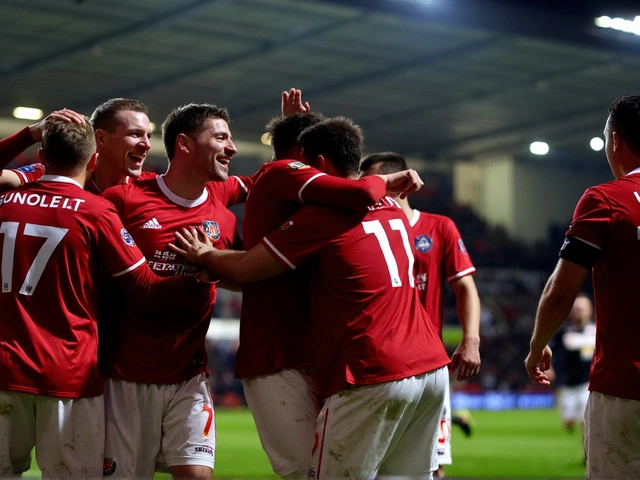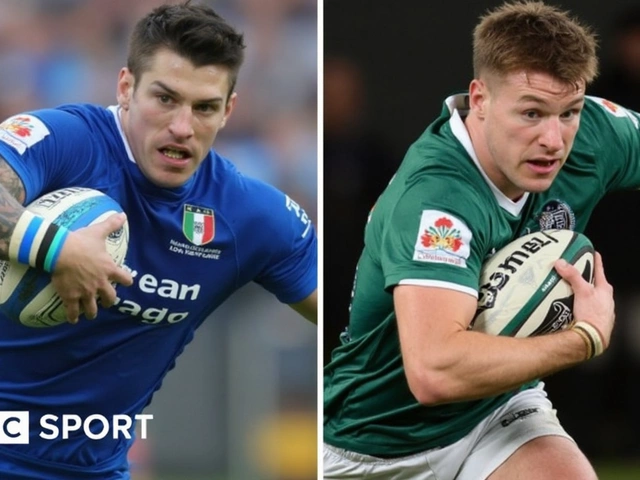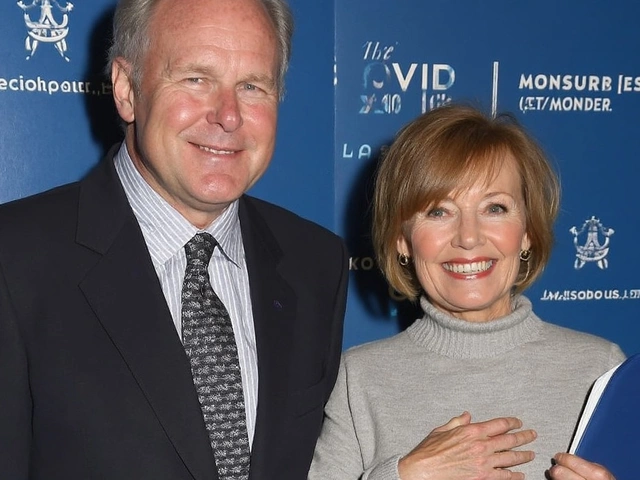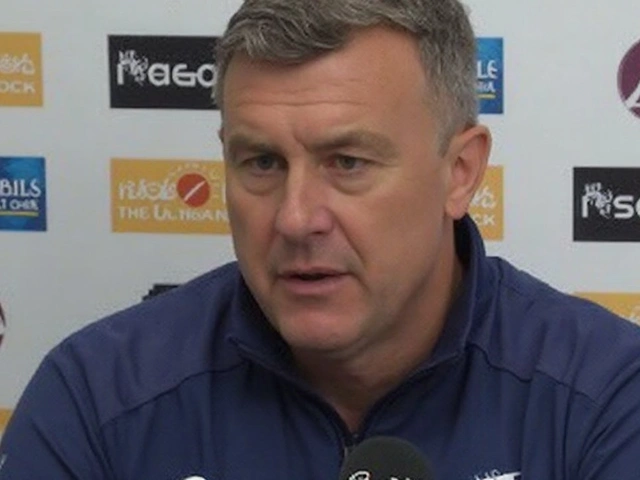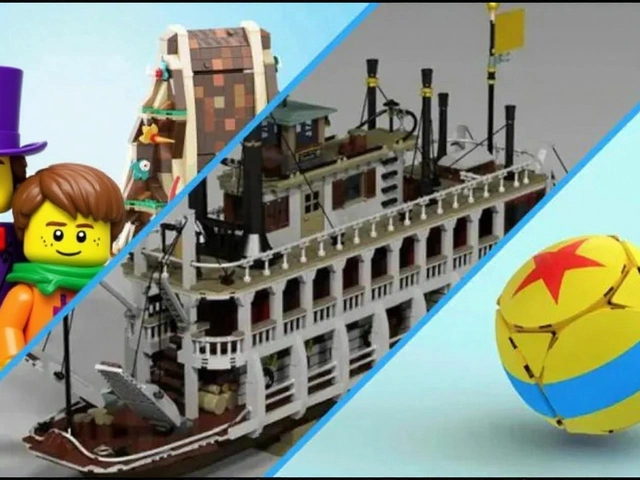Transfer Value: How Clubs Decide What a Player Is Worth
Ever wonder why a player can cost €80 million one day and just €5 million the next? It all comes down to transfer value – the price clubs agree on when they buy or sell a footballer. In this guide we break down the main factors, look at recent deals, and give you a few handy tips to understand the numbers you see in headlines.
Key Factors That Shape a Player’s Transfer Value
First up, performance on the pitch. Goals, assists, clean sheets and work‑rate are the most obvious stats. A striker who scores 20+ goals in a season, like the €25 million target discussed by Cesc Fàbregas for Como, will see his price spike. Secondly, age matters. Younger talent with a high ceiling – think 20‑year‑old Kobbie Mainoo at Manchester United – often fetches a premium because clubs can sell him later for a profit.
Contract length is the next big driver. If a player has three years left on his deal, the selling club has more leverage than if the contract expires in six months. That’s why you saw Benjamin Pavard playing for Inter despite transfer rumors; his contract runs until 2028, so Inter can demand a higher fee.
Injury history and fitness also play a role. A player who’s missed half a season with a recurring injury will see a discount, while a fit, durable star like Real Madrid’s Mbappé – who just netted a brace against Oviedo – commands top‑tier prices.
Finally, market demand and club finances influence the final number. When several big clubs chase the same player, as seen with the transfer chatter around Crystal Palace’s win over Aston Villa, the price can climb quickly. Conversely, if a club needs to balance its books, it may accept a lower offer.
Real‑World Examples From the Latest News
Take the Crystal Palace‑Aston Villa clash. The 3‑0 win sparked “transfer noise” around Villa’s midfield, especially after Emi Martinez’s absence. Fans speculate that Villa could sell a midfielder for a decent fee to reinvest.
In Spain, Real Madrid’s recent 3‑0 away win over Oviedo featured Mbappé scoring twice. That performance adds to his market value, even though he’s already under a hefty contract with the club. A future move would likely involve a €150‑million plus deal.
Over in Italy, Como’s coach Cesc Fàbregas is pushing for a €25 million La Liga striker before the transfer deadline. The club’s recent 2‑0 win over Lazio, thanks to Nico Paz’s free‑kick, shows they’re willing to spend to improve their squad.
Meanwhile, Manchester United’s Emile Smith Rowe scored a quick equaliser against Fulham, but the team’s £200 million frontline remains unsettled. Rumours of Rasmus Hojlund’s departure keep the market buzzing, and any sale could reshape United’s transfer budget.
These snapshots illustrate how performance, contract terms, and demand intersect to set a player’s transfer value.
Understanding these elements helps you read transfer news with a critical eye. If a club announces a big signing, check the player’s age, contract length, recent stats, and how many clubs are interested. That’s the recipe for a realistic transfer value.
Whether you’re a fan tracking your favorite team’s spending or a young player dreaming of a big move, knowing what drives transfer value lets you separate hype from genuine market moves. Keep an eye on performance data, contract dates, and the club’s financial situation – those are the clues that reveal the true price tag behind every headline.
Kieran Lockhart, Feb, 9 2025
Sunderland Midfielder Jobe Bellingham Faces Extended Injury Layoff
Jobe Bellingham, a key player for Sunderland, is sidelined for 6-8 weeks after an injury in a recent game. Despite his absence, he continues to influence team morale. Fans are buzzing about his potential transfer worth alongside Chris Rigg, while the medical team targets his return by early April 2025.
View More
